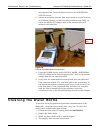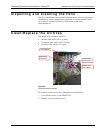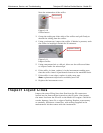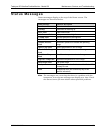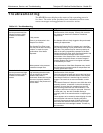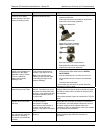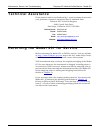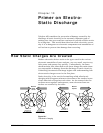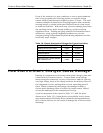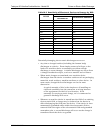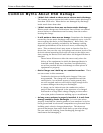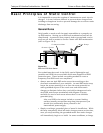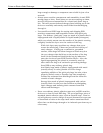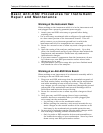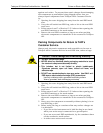
Primer on Electro-Static Discharge Teledyne API Ultrafine Particle Monitor - Model 651
92 07506C DCN6727
If one of the surfaces is a poor conductor or even a good conductor
that is not grounded, the resulting positive or negative charge
cannot bleed off and becomes trapped in place, or static. The most
common example of triboelectric charging happens when someone
wearing leather or rubber soled shoes walks across a nylon carpet
or linoleum tiled floor. With each step, electrons change places and
the resulting electro-static charge builds up, quickly reaching
significant levels. Pushing an epoxy printed circuit board across a
workbench, using a plastic handled screwdriver or even the
constant jostling of StyrofoamTM pellets during shipment can also
build hefty static charges.
Table 10-1 Static Generation Voltages for Typical Activities
MEANS OF GENERATION 65-90% RH 10-25% RH
Walking across nylon carpet 1,500V 35,000V
Walking across vinyl tile 250V 12,000V
Worker at bench 100V 6,000V
Poly bag picked up from bench 1,200V 20,000V
Moving around in a chair padded
with urethane foam
1,500V 18,000V
How Electro-Static Charges Cause Damage
Damage to components occurs when these static charges come into
contact with an electronic device. Current flows as the charge
moves along the conductive circuitry of the device and the typically
very high voltage levels of the charge overheat the delicate traces of
the integrated circuits, melting them or even vaporizing parts of
them. When examined by microscope the damage caused by
electro-static discharge looks a lot like tiny bomb craters littered
across the landscape of the component’s circuitry.
A quick comparison of the values in Table 15 1 with the those
shown in the Table 15 2, listing device susceptibility levels, shows
why Semiconductor Reliability News estimates that approximately
60% of device failures are the result of damage due to electro-static
discharge.



